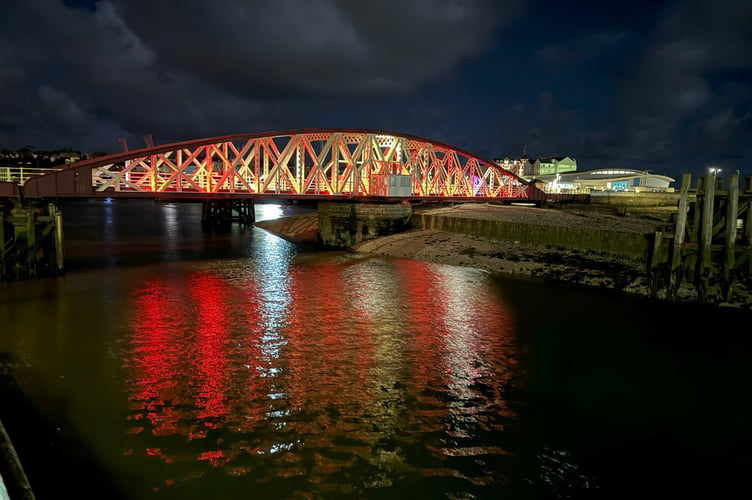A flour mill situated to the east of the Isle of Man and a swing bridge located in the north, both erected during the 19th Century, have been granted protected status.
The Laxey Glen Flour Mill and Ramsey Swing Bridge have been officially included in the Isle of Man’s registry of safeguarded structures.
This new designation ensures that any modifications or demolitions to these landmarks cannot be carried out without prior authorisation from the Department of Environment, Food and Agriculture (DEFA).
Additionally, a Victorian-era residence in Douglas has been enlisted.
Known as Leyton and situated on Victoria Road, this house was crafted in the Arts and Crafts architectural style in 1896.
DEFA has cited Leyton's significance due to its representation of the arts and crafts architectural movement, which held prominence in the late Victorian era and remains integral to the island's cultural heritage.
All three were officially added to the register on February 28.
Laxey Mill is still in use as a flour mill, and while the site has been altered and adapted on numerous occasions since 1861, it retains many elements that help illustrate its history over more than 160 years.
Along with added photos, DEFA explained these reasons for its registration:
• Opened in 1861, the complex represents the largest flour mill constructed on the Isle of Man during the Victorian era, and retains many elements of historic fabric, detailing and plan form. • Still in use for its original purpose, the mill complex was constructed to serve the workers of the Great Laxey Mining Company, and helps illustrate the industrial and social history of Laxey from the mid-19th century up to the present day. • The mill was commissioned by Richard Rowe, Captain of the Mines, and designed by Robert Casement, Mines Superintendent Engineer and designer of the Lady Isabella Water Wheel.
You can find out more here: https://www.gov.im/media/1382579/337-notice-and-entry-summary-uploaded-050324_compressed.pdf
Meanwhile the Ramsey Swing Bridge registration includes the main swing bridge itself, together with the associated metal framed southern approach road form West Quay and the metal framed northern approach road up to its junction with Old River Road.
Built in 1892, the bridge was constructed by Cleveland Bridge and Engineering Company of Darlington, having been commissioned by Ramsey Town Commissioners.
The bridge was officially opened on June 29, 1892, however there was no elaborate ceremony as there had been numerous disputes and complications during the construction period.
DEFA said the reasons for its register include:
• Constructed of two painted steel trussed arches, the bridge is the only example of its type on the island. The bridge also represents an early example of the work of The Cleveland Engineering and Bridge Company, internationally renowned bridge builders. • Officially opened on 29th June 1892, the bridge was one of the principal structures built in Ramsey during the town’s expansion in the late 19th century, and was an essential factor in the successful development of The Mooragh and northern harbour areas. You can find out more here: https://www.gov.im/media/1382563/338-notice-and-entry-summary_compressed.pdf


.png?width=209&height=140&crop=209:145,smart&quality=75)


Comments
This article has no comments yet. Be the first to leave a comment.